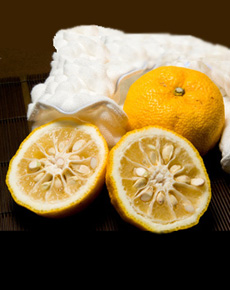|
Do you enjoy drinking beer from the bottle?
If so, you’re not enjoying the aroma, which needs to waft up to your nose from a glass.
Those who love their beer should emulate wine aficionados, and take the same steps to enhance the experience.
1. Look: Enjoy the color of the beer, and learn to recognize different styles of beer based on their color. Carbonation is also important. Beer is brewed for immediate consumption. Lack of sufficient bubbles can indicate flatness that comes with age.
2. Smell. Inhale the aromas from the glass. For example, are they floral, hoppy, malty, nutty, spicy, sweet?
3. Sip. Let the beer flow over your palate and focus on identifying the flavors: bitter (hoppy), fruity, malty, nutty, spicy, sweet, woody, yeasty (and a host of over terms)? What about the body (also called mouthfeel)? Is it full, medium or light?
Each beer drinker has his or her own preferences. Even if you think you know what you like, when you learn to properly taste beer, you’ll come to like even more styles and flavors. You can seek out beers that match them by reading reviews.
|
|

A glass of stout. Photo by Dan Hauser | IST. |
|
To get deeper into beer tasting, see this comprehensive page of beer tasting information from the Birmingham Beverage Company. Scroll towards the bottom to see the Beer Tasting Wheel: all of the flavors and aromas of beer, and where they come from. It’s a huge help in understanding the flavors and aromas of beer—both good and bad.
Don’t twist your neck trying to read the chart: The details are printed underneath it.
As you enjoy your beer, check out the different types of beer in our Beer Glossary.
|




